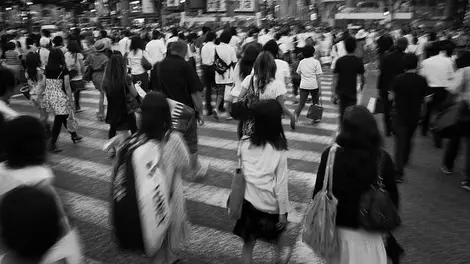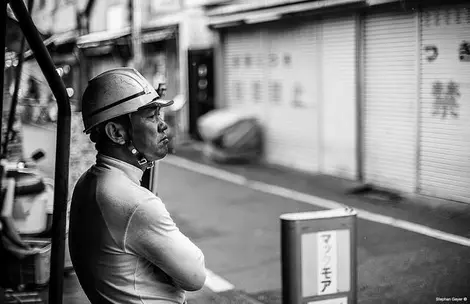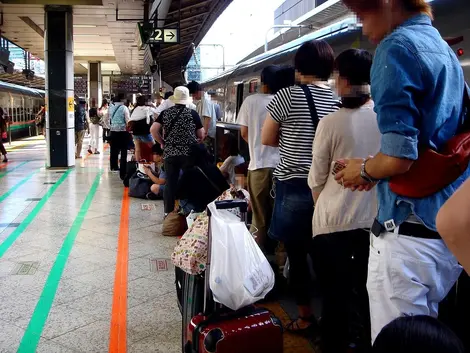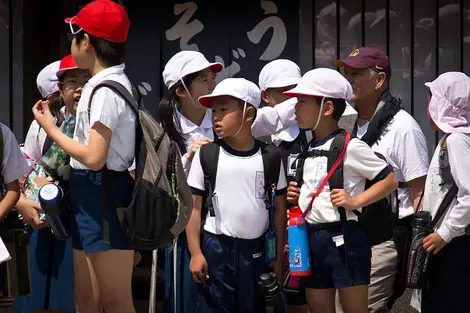Holidays in Japan 休暇
Well deserved rest
Japan is a nation of strong and long work culture and the konbini remains open around the clock to support the masses to go about their hectic daily routines. Sundays are perceived as just another day preceding Mondays where hard workers and workaholics blend in shades of grey suits without faces in overcrowded train stations during rush hours... Need to getaway?
Karoshi or death by exhaustion...
Officially, all Japanese workers are entitled to 10 days of vacation from 6 months of seniority in their company and a maximum of 20 days after 6 years of seniority.
According to labor law and the Japanese Ministry of Health, Labor and Social Affairs, the average leave entitlement is 18.3 days annually.
On average, only 8.8 days are taken per year for each employee. For a legal duration of 40 hours per week, in many cases, including overtime (zangyo) are commonplace, because, in a quarter of the companies, the workers work more than 80 hours overtime per month!
karoshi, "death by exhaustion", a consequence of overwork, a Japanese-style burn-out, which leads to suicides and heart attacks for thousands of people are common occurrences igniting concerns and debates over life-work balance.
Rare holidays
In the company structure, the Japanese are team players, and taking time off is looked at as an inconvenience for others, causing greater pressure and therefore adding to the workload. This is why 59% of workers feel guilty about taking time off. The government, well aware of the problems for years, is in the process of implementing a new law requiring a minimum of 5 days of leave per year for each worker.
However, there are 15 official national holidays annually. The best known is the famous "Golden Week", the Golden Week, which takes place at the beginning of May with four public holidays grouped on April 29 and May 3, 4, and 5 for an extended period covering the weekend. Please note: May 1st is not a public holiday in Japan, although sometimes some businesses remain closed! There is also the silver week, Silver week, in the fall, which depends on the calendar and is therefore not certain every year. In mid-August, there's a mass exodus of city dwellers returning to their ancestorial homes for the Obon festival. In addition, the first three days of the New Year are also considered holidays.
Work or child care?
In Japan, life-work balance is complicated. Maternity leave lasts 14 weeks, but women receive only 67% of their salary. Even today, 45% of Japanese women quit their jobs when they are expecting a child. This figure exceeded 60% in the 1980s: here, changes are coming slowly.
In 2015, after the first childbirth, roughly 26.8% of women returned to work after their maternity leaves. This low figure is explained by the fact that childcare is scarce and not common in Japanese society and is not supportive of working mothers. Japanese men, on the other hand, average a mere 2.6% for those who take paternal leaves.
School vacation
The start of the school year is in April in Japan. Summer holidays are from the end of July to the end of August, the end of December to the beginning of January, and the end of March to the beginning of April. Note that each prefecture has slightly different dates based on seasonality.
In retrospect, Japan is an aging nation with a low birth rate facing a serious labor shortage. Hence, people remain in the labor market longer working through their golden years. The government is well aware of this problem and has made efforts to relax and implement new immigration laws to attract foreign workers to help alleviate the effects of the aging nation.





















